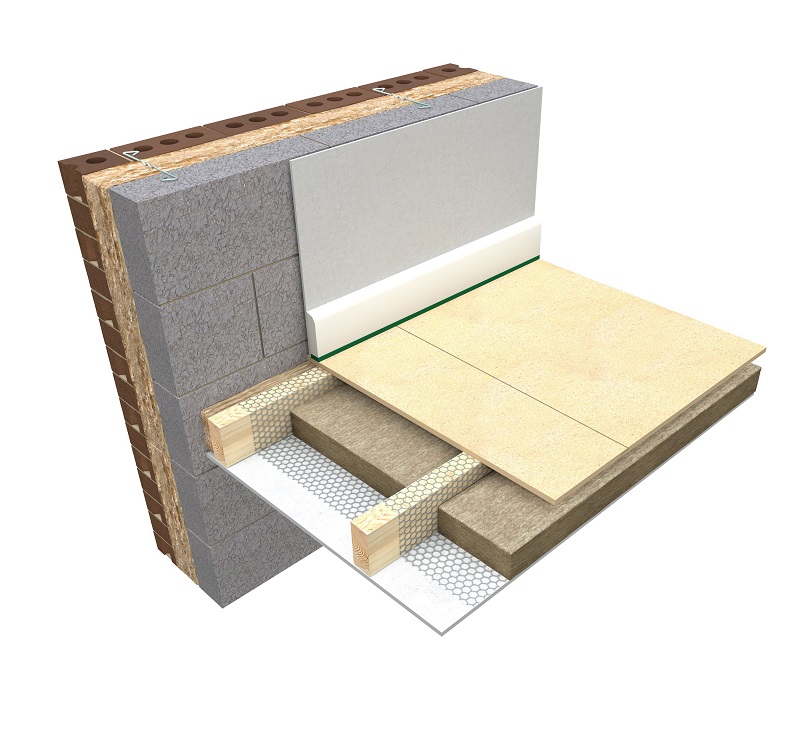PVC cladding, also known as vinyl siding, has gained popularity in the construction industry due to its affordability, durability, and low maintenance requirements. However, it is crucial to understand the potential disadvantages associated with PVC cladding before considering its installation. In this blog post, we will delve into the drawbacks of PVC cladding, providing a comprehensive analysis to help you make an informed decision.
- Limited Aesthetic Options:
One of the primary disadvantages of PVC cladding is its limited range of aesthetic options. While it offers a variety of colors and textures, it often fails to replicate the natural beauty of materials like wood or stone. This limitation may not be suitable for individuals seeking a more authentic and visually appealing exterior finish. - Susceptibility to Temperature Changes:
PVC cladding has a relatively high coefficient of thermal expansion, meaning it expands and contracts significantly with temperature changes. This can lead to warping, buckling, or cracking over time, compromising the overall integrity of the cladding. In regions with extreme temperature fluctuations, PVC cladding may not be the most suitable choice. - Environmental Concerns:
PVC cladding is derived from polyvinyl chloride, a synthetic plastic material. The production and disposal of PVC involve the use of toxic chemicals, such as chlorine, which can have adverse effects on the environment. Additionally, PVC is not biodegradable, contributing to landfill waste. As sustainability becomes increasingly important, these environmental concerns should be taken into account. - Durability Issues:
While PVC cladding is generally durable, it is susceptible to damage from impact or extreme weather conditions. Hailstorms, strong winds, or accidental impacts can cause cracks or breakages in the cladding, requiring costly repairs or replacements. Moreover, PVC cladding may fade or discolor over time, diminishing its aesthetic appeal. - Lack of Insulation:
Compared to other cladding materials, such as brick or insulated panels, PVC cladding offers minimal insulation properties. This can result in higher energy consumption and increased heating or cooling costs. If energy efficiency is a priority, alternative cladding options should be considered.
Conclusion:
Although PVC cladding has its advantages, it is essential to be aware of its drawbacks before making a decision. The limited aesthetic options, susceptibility to temperature changes, environmental concerns, durability issues, and lack of insulation are significant factors to consider. By understanding these disadvantages, you can make an informed choice that aligns with your specific requirements and priorities in terms of both aesthetics and functionality.

